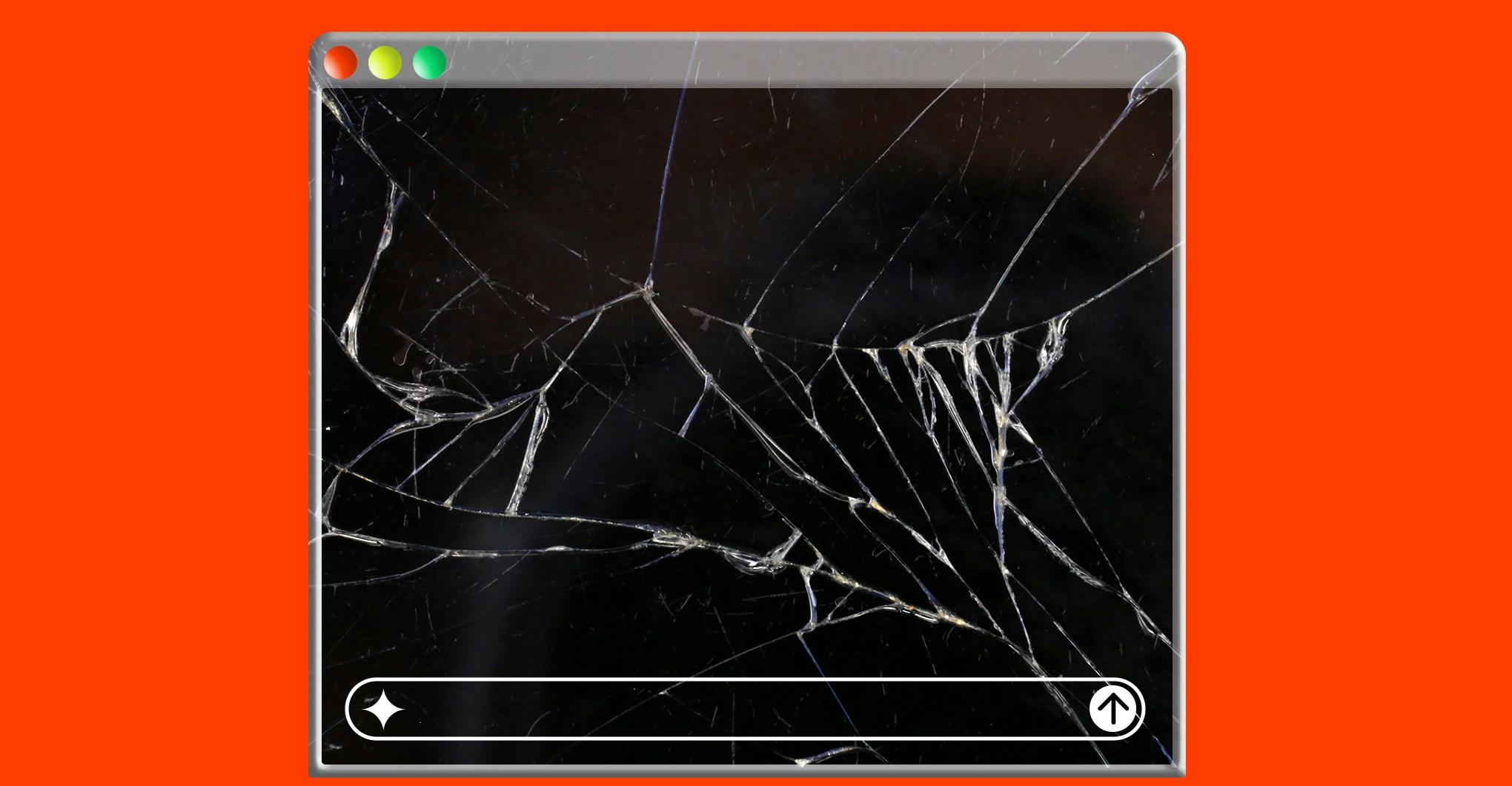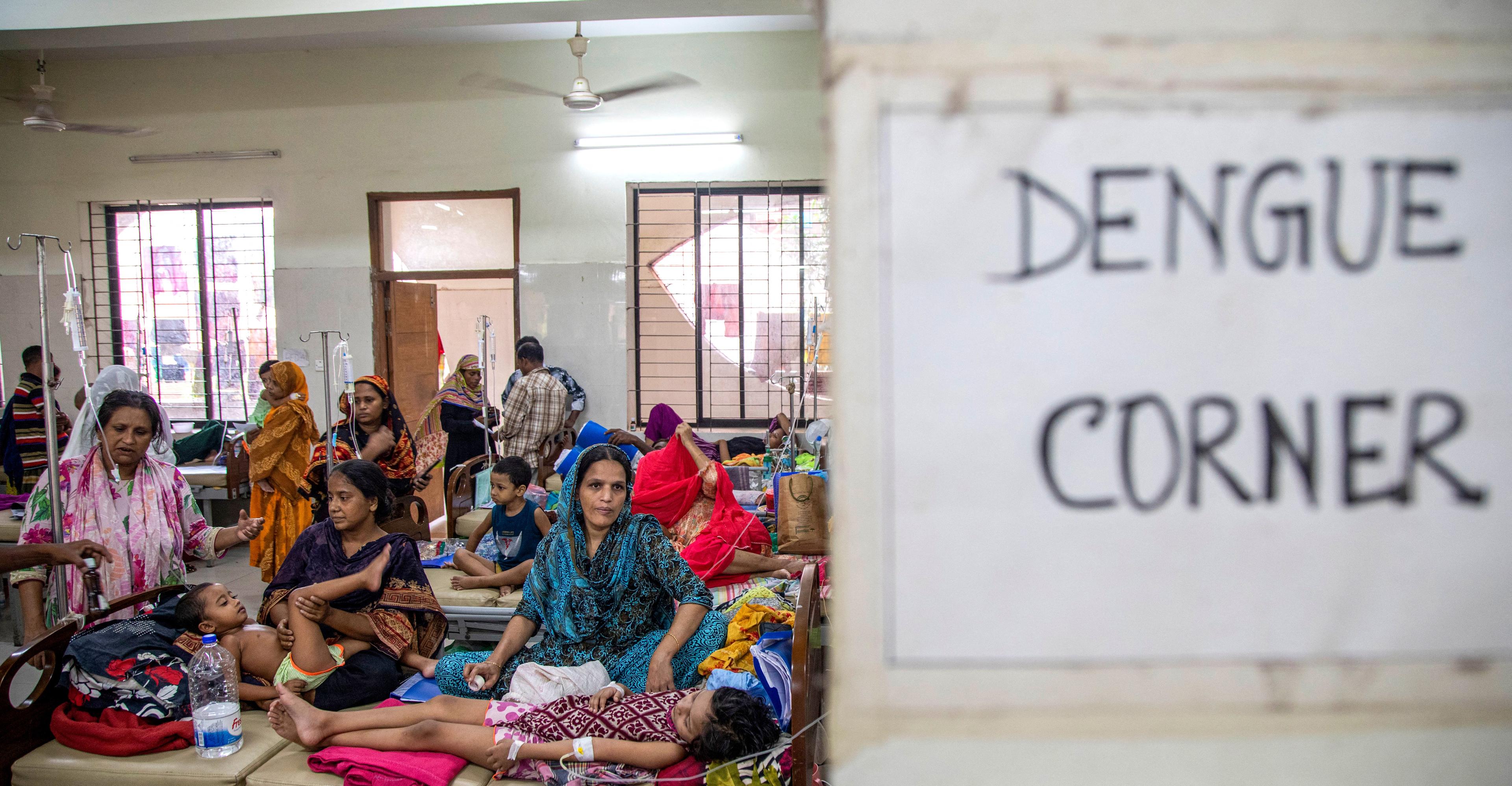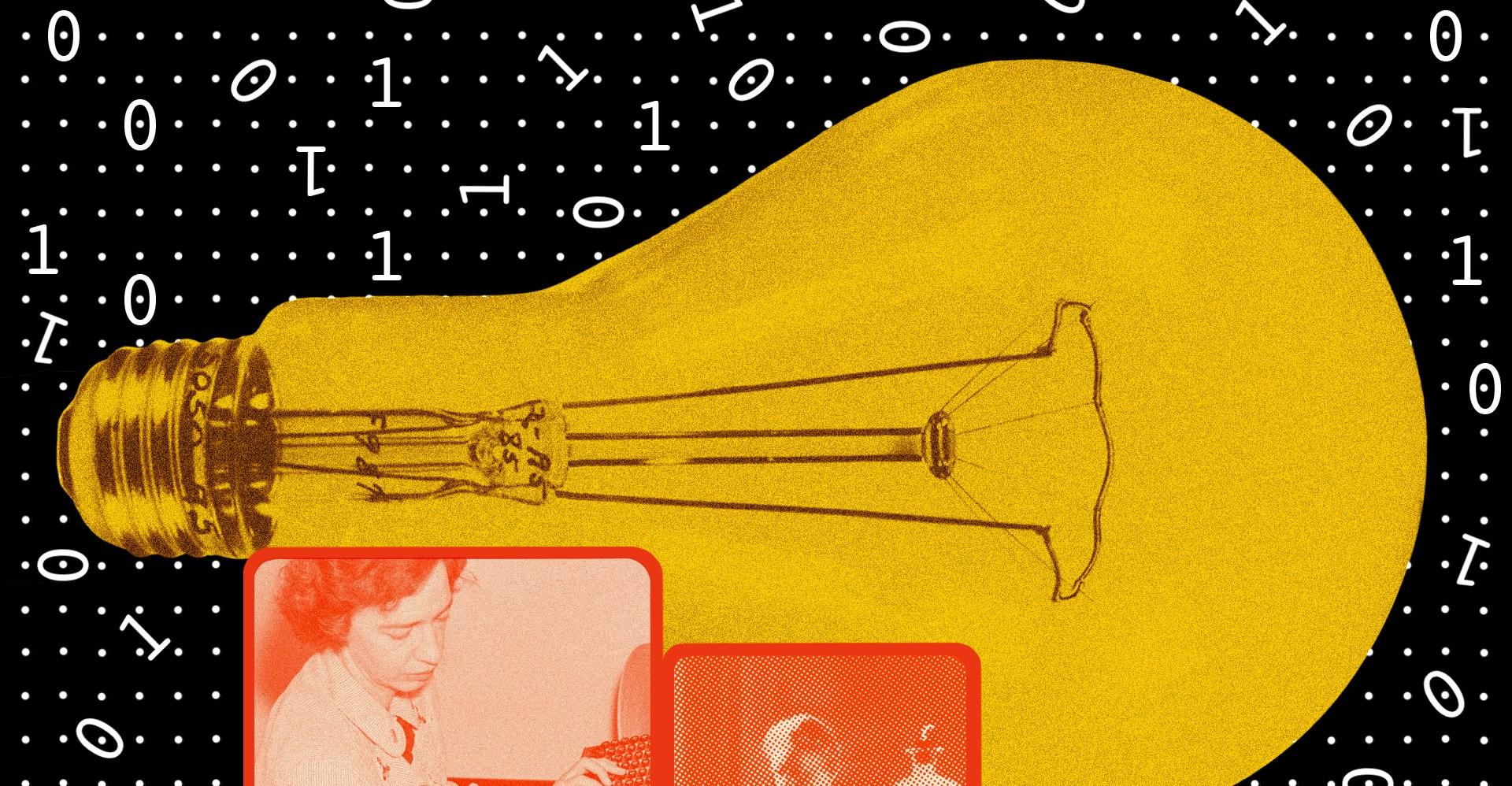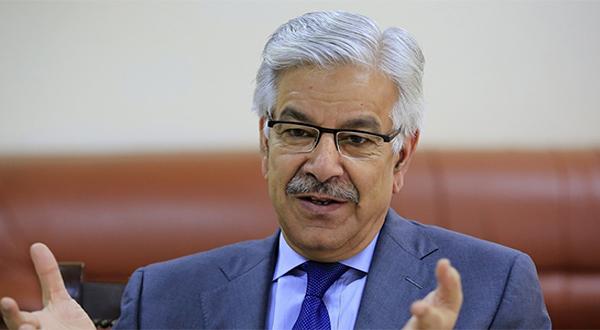‘Adolescence’ TV drama exposes global issue of teenage violence
More than 96m people have watched the British four-episode series


London (Reuters): TV drama “Adolescence” has shocked and captivated audiences around the world, providing what campaigners say is a rare opportunity to tackle the largely hidden world of online misogyny and violence.
Since its release on Netflix on March 13, more than 96 million people have watched the British four-episode series that begins with armed police raiding the home of a terrified 13-year-old boy accused of murdering a young girl, and ends with a raw illustration of the pain of his broken family.
The action in between, with each hour-long episode shot in a dizzying single take, slowly destroys the initial disbelief that a child so young could commit such a violent crime.
It depicts a toxic online culture known loosely as the manosphere in which common teenage male insecurities about attractiveness and romantic failure can warp into resentment and hatred of the opposite sex.
“There are people who will watch it and go ‘but that boy couldn’t do that’. The point is that boy can do it,” said Susie McDonald, CEO of charity Tender that educates children and adults on healthy relationships.
“Suddenly the possibility becomes normal, and so we begin to say, what on earth can we do to stop that from happening?”
The show is number one in the Netflix global Top 10 and heads the charts in almost every country - from Brazil to Bahrain - for which the streaming platform provides data.
“Although on the surface it feels like it’s a very British production … actually, the themes that it’s dealing with: what our children are doing online, what they’re listening to … I think that’s as important in America, as it is India, as it is Australia,” film critic Kaleem Aftab told Reuters.
Portuguese police produced a guide for parents to explain the hidden meaning of emojis used by young people - a plot component in the show.
The Sydney Morning Herald produced a guide on how to talk to children more effectively than the parents in the programme.
British police urged parents to look for signs their child may be being radicalised online, using data showing 60% of referrals to its terrorism prevention system came from children aged 17 or under to highlight the scale of the wider problem.
Hit home hard in downing street
“Adolescence” reached the home of British Prime Minister Keir Starmer, who watched it with his teenage son and daughter.
“It hit home hard,” Starmer said in a statement, backing a scheme to make the show available to schools across the country and encouraging a national conversation on the isues it raises.
“This isn’t a challenge politicians can simply legislate for. Believe me, if I could pull a lever to solve it, I would.”
Matt Pinkett, an author on masculinity and a teacher, described how the show had left him fizzing with lesson ideas, but said it needed to be used carefully to avoid further marginalising boys already at risk of radicalisation.
The show has created a moment that campaigners, police and educators have been waiting for: a general public prepared to accept the uncomfortable truth that they do not know what their children are doing online, and that they all need help.
“This is the start of something. What we need to do as an education profession is make sure that we take advantage of that,” said Pepe Di’Iasio, General Secretary of Britain’s Association of School and College Leaders.
McDonald said Tender was working with Netflix to produce materials teachers can use in schools, using script excerpts and clips of scenes to spark wider discussion.
“This (show) is not going to solve the problem, but it’s enabled everybody to actually notice that there is a problem,” she said.
Bondi gunman’s Indian family had no knowledge of his radicalisation, Indian police say
- 7 minutes ago

Disney wants to drag you into the slop
- 14 hours ago

Control’s action-RPG sequel launches in 2026
- 14 hours ago
FIFA hails 5M WC ticket requests amid backlash
- 13 hours ago

Zillow’s short-sighted move to overlook climate risk
- 3 hours ago
Bollywood studio Bhansali Productions to sell future film music to Saregama India
- 3 minutes ago

Why Republicans in Congress are turning against Trump
- 12 hours ago

Chatbots are struggling with suicide hotline numbers
- 14 hours ago

Remember Google Stadia? Steam finally made its gamepad worth rescuing
- 14 hours ago

The biggest mosquito-borne disease in the world has a cure. There’s just one problem
- 12 hours ago
Former Punjab CM Manzoor Wattoo passes away at 86
- 12 minutes ago
Govt slashes diesel price by Rs14 per litre
- 15 hours ago




